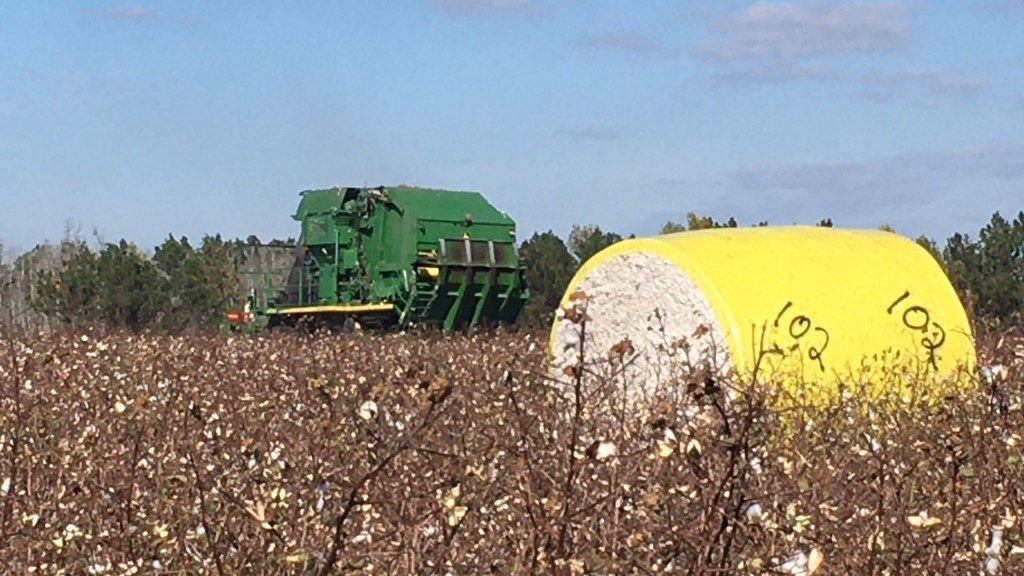Cotton
-
What about the UGA On Farm Cotton Variety Trials? Here’s where you can find out more about the UGA On Farm Cotton Variety Trials. . Dr. Camp Hand has summarized yield data for nine cotton varieties that were planted in the UGA On Farm variety trials in both 2020 and 2021. If you have questions please…
-
You can also RSVP online at https://ugeorgia.ca1.qualtrics.com/jfe/form/SV_0pTJ32zDJHkcId0
-
The Georgia Cotton Commission is pleased to announce the guest speakers at the Commission’s 15th Annual Meeting scheduled for Wednesday, January 26, 2022, at the UGA Tifton Campus Conference Center. The annual meeting is held in conjunction with the UGA Cotton Production Workshop conducted by the UGA Research & Extension Cotton Team. The UGA Cotton Production Workshop…
Posted in: Cotton -
The results from the 2021 UGA On Farm Cotton Variety Trial program are available. The Colquitt County site was located at the Sun Belt Ag Expo this past year. If you have any questions about this program, please contact your local county Extension agent. Below are results from another irrigated on farm cotton variety demonstration…
Posted in: Cotton -
Below are some comments from Dr. Don Shurley on the cotton market..
Posted in: Cotton -
Dr. Camp Hand has a few thoughts on cotton defoliation this week… First, this week it’s gonna be cool. Once we get past Wednesday, highs hardly come out of the 60s, and lows are going to be in the 30s to 40s. As we all know, cotton growth and development are based on DD60s, with…
Posted in: Cotton -
Do I need to spray fungicides on my peanuts again? According to Dr. Bob, there are three different scenarios for peanut fungicide applications at the end of the fourth quarter. 3 weeks until harvest and “clean”? I wouldn’t spray. 3 weeks until harvest and spots from top to bottom and leaves dropping? I wouldn’t spray.…
-
Dr. Camp Hand’s thoughts on the cotton crop and a few defoliation considerations for 2021.
Posted in: Cotton -
Peanuts: The topic this week has been late spot. It has been a PERFECT year for leaf spot epidemics, according to Bob Kemerait. A) we have had lots rain that enhances infection by leaf spot pathogens and spread of leaf spot diseases. B) wet weather has led to extended delays between fungicide applications and…
-
It is that time of the season where people are beginning to think aboutdefoliation. Traveling across the state recently, I observed bolls opening in some of our earlier plantedcrop. It has been a tough year for many, but we are beginning to see the light at the end of the tunnel.It is definitely time to…
